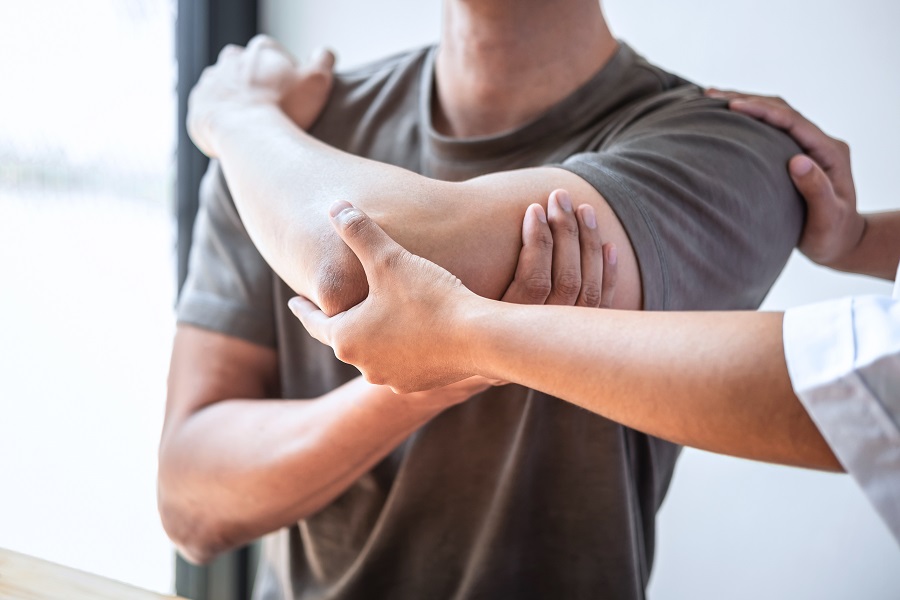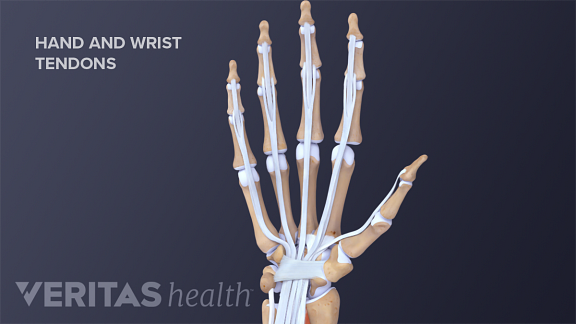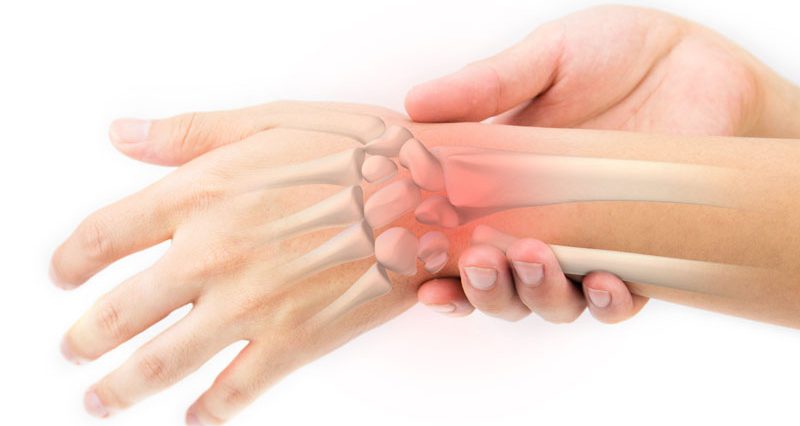

You may need to adjust your keyboard position or use wrist rests to get your hands into a comfortable place. Your hands shouldn’t always be at an angle - they should be pretty much in line with your arms to reduce strain. When you’re at a computer, your forearms should be parallel to the floor with your wrists in a neutral position. Typing at a keyboard is a big culprit of wrist pain. You can do these exercises and stretches all you like, but if you have poor wrist habits the rest of the day, they’re not going to help. Repeat 2–4 more times - whatever feels good.įor healthy wrists, the best defense is a good offense. When you feel a stretch, hold it there for 30 seconds. Lower hands toward belly button, keeping palms glued together. Press your palms together in a Namaste pose right under your chin, with elbows out to the sides. With left hand, gently press right hand back toward your body until you feel a stretch across the back of right hand and wrist. Hold your right hand down with wrist at 90 degrees. This is the opposite of the last stretch. Be gentle! You don’t want to pull anything, so go slowly and don’t force any movements.

Hold right arm straight out in front of you, with hand up like you’re saying “ Stop! In the name of love.” With left hand, gently pull right hand back until you feel a stretch in right forearm. Simple stretches help relieve that discomfort and prevent greater damage. You can do these simple stretches at your desk, in bed, at a red light, or whenever you want to get in a little extra wrist mobility.įorearm muscles can get tight from the many repetitive tasks they do all day. Light stretches can keep these joints mobile and relieve the stress of typing all day. Strength can help your wrists, but it’s only part of the picture. Note: If you ever feel pain with any of these exercises, stop! Listen to your body and never push to a point of discomfort. You don’t need a complicated warmup for wrist exercises, but it’s best to do a bit of activity so you aren’t accidentally working, stretching, and possibly injuring cold muscles. This easy cardio gets your blood flowing and lets your wrists and forearms move naturally. If you aren’t feeling stiffness or pain, simply walk around for a minute or two. It’s a very literal warmup, but it’ll help increase blood flow and flexibility to the area before you start your exercises. If you have any pain or stiffness in your wrists, place a warm towel or heating pad on the area for about 15 minutes. WarmupĪs with any other form of exercise, you want to warm up a bit before diving in to wrist exercises. With all these exercises, start with no weights or very light weights so you don’t overstress these relatively small muscles. Unless you’re Popeye the sailor man, you likely don’t spend a lot of time on bulking up your forearms.

Even if you have a more trying injury like tennis elbow, simple at-home exercises can relieve pain. By giving your wrists a little love and exercise, you may be able to avoid these aches.

And all those forearm muscles need to stay strong so you can grip those Costco groceries like a pro.Įspecially if you sit at a computer all day, your wrists and forearms can develop repetitive motion injuries or ailments like carpal tunnel syndrome. Your wrist connects your forearm to your hand - that joint needs to stay loose so you can still type 100 words per minute. To strengthen your wrists, you actually need to strengthen your forearms and increase mobility in your wrist joints. Put a pause on leg day - wrist day is where it’s at.


 0 kommentar(er)
0 kommentar(er)
